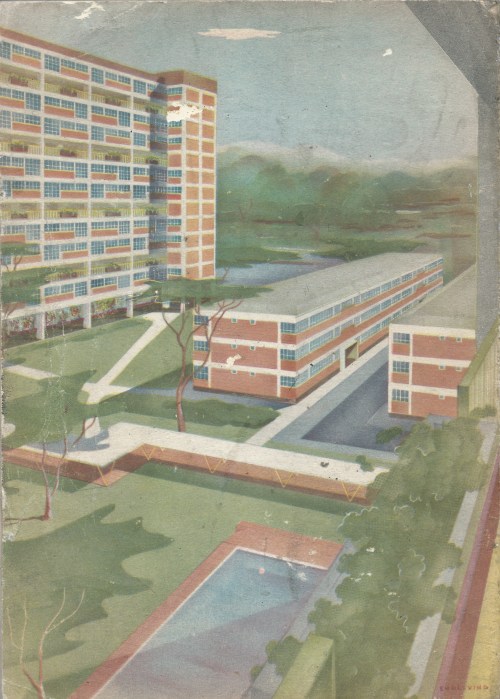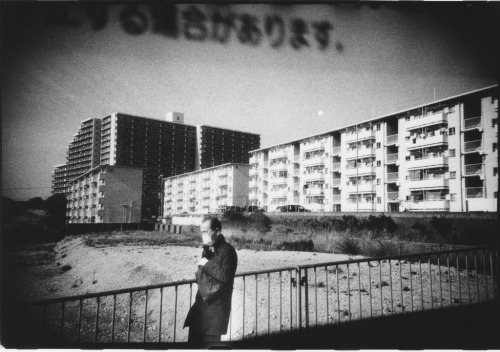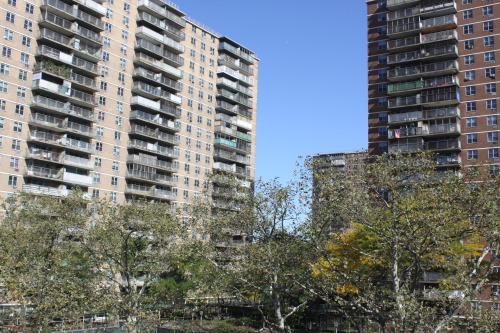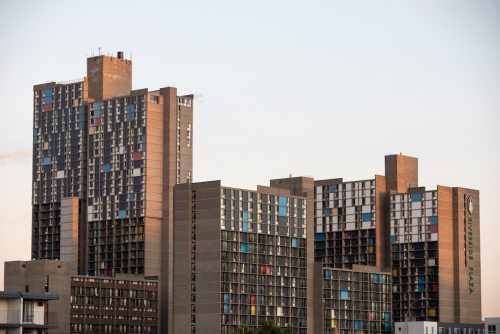#public housing
Roberto Engelking, portada y contraportada para libro promocional del Centro Urbano Presidente Alemán de Mario Pani, 1949.
Post link
“Busting 3 Myths About Public Housing
Jake Blumgart. April 16, 2015
City success story? Or grim urban disaster? When it comes to the lens through which Americans view public housing, conventional wisdom heavily favors the latter. Yet new research reveals the many successes of public housing both large (New York City) and small (the thousands of small housing authorities that provide public housing without incident).
Most recently, Public Housing Myths: Perception, Reality, and Social Policy attempts to break down assumptions further about America’s most maligned safety net program in 11 essays. The three here are not necessarily the most important from the book, but they all complicate timeworn narratives.
1. Don’t Blame the High-Rises.
High-rise developments or “towers in a park” define public housing in the national imagination. These hulking structures catch the eye and often received a disproportionate share of media attention both in the halcyon early days and during the depths of the urban crisis which they came to symbolize. But even though they were often poorly integrated into their surrounding neighborhoods, these apartment towers were not inevitably plagued by trouble because of design alone.”
Photo: A wrecking ball tears at one of several Cabrini Green housing project buildings in Chicago in this photo from 1995. (AP Photo/Beth A. Keiser, File)
Post link



Singapore | 2017
Potong Pasir
Riverside Plaza in Minneapolis. Photo by Jenn Ackerman for the Washington Post as part of this article.
The “housing complex in the Cedar-Riverside neighborhood of Minneapolis was designed to be for both high-income and low-income residents. Today it is entirely subsidized housing.”
Post link







